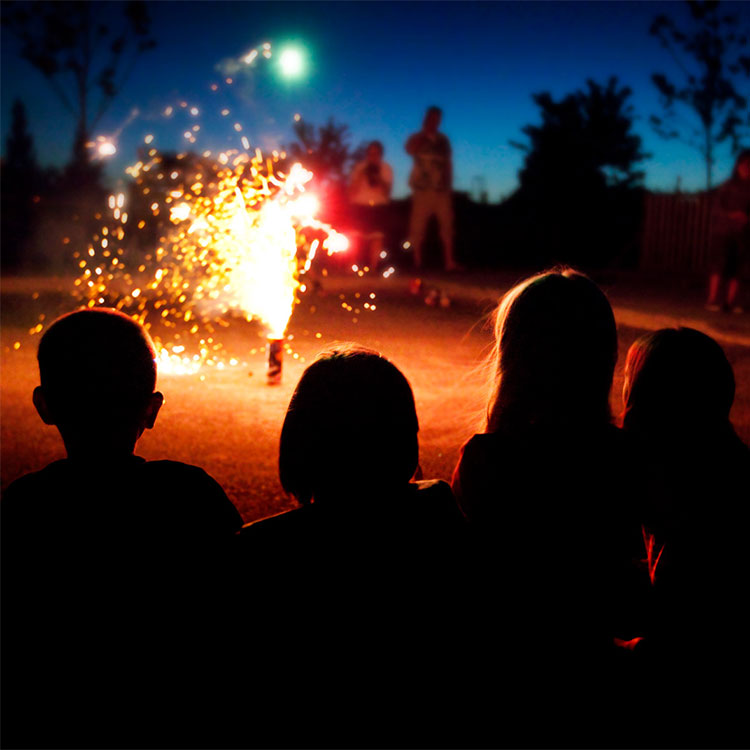Each year, thousands of Americans visit emergency rooms for fireworks-related injuries. 35% of those injured are under the age of 151. Regulations have helped make fireworks safer, though inherently they remain potentially hazardous.

Firecrackers
Firecrackers can cause eye injuries if they erupt at close range. Someone inspecting a firecracker that failed to go off could be the victim of a delayed explosion.

Bottle rockets
Bottle rockets are responsible for some of the most serious eye injuries. These fireworks fly erratically and then explode. They can cause everything from eyelid lacerations to total blindness.

Be a spectator
The safest way to enjoy fireworks is to attend a public display conducted by trained pyrotechnicians. Prevent Blindness America, the American Academy of Ophthalmology and the National Fire Protection Association agree that it’s best to leave firework shows to the professionals.

Sparklers
Sparklers can burn at up to 1,800°F, hot enough for third-degree burns. In the dark, it can be difficult to determine the distance between the end of a lit sparkler and a person’s face.
Sources
1Tu, Y., & Granados, D. V. (2015, June). 2014 Fireworks Annual Report. Retrieved from CPSC: https://www.cpsc.gov/Global/Research-and-Statistics/Injury-Statistics/Fuel-Lighters-and-Fireworks/Fireworks_Report_2014.pdf

